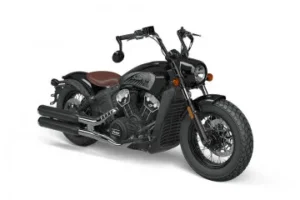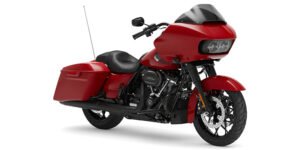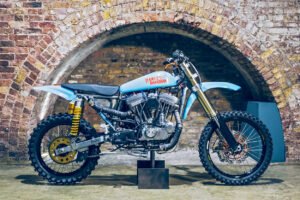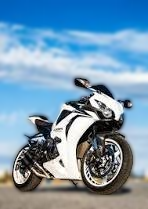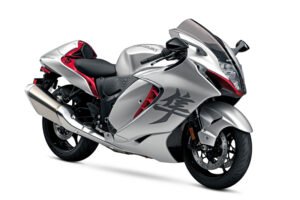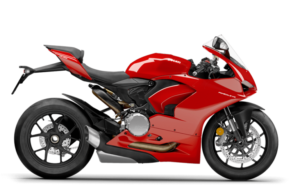Ultimate Guide: Top Tips for Heavy Bike Storage
Introduction:

When it comes to heavy bikes, whether you’re a passionate rider or a collector, proper storage is essential to preserve the integrity and performance of your prized possession. From preventing rust to ensuring the longevity of essential components, this comprehensive guide will walk you through the most important tips for heavy bike storage.
Clean Your Bike Thoroughly:
Before storing your heavy bike, give it a good cleaning. Dirt and grime can damage the finish and lead to corrosion over time. Use a mild detergent and a soft brush to remove any accumulated dirt, paying extra attention to hard-to-reach areas.
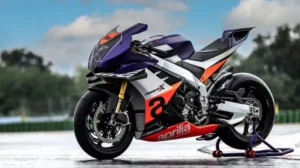
Inspect and Lubricate:
Conduct a thorough inspection of your bike’s components. Check the chain, gears, and other moving parts for wear and tear. Lubricate the chain and pivot points with a high-quality lubricant to prevent rust during storage.
Protect Against Corrosion:
Apply a corrosion-resistant spray or wax to metal surfaces. This extra layer of protection helps shield your heavy bike from moisture, especially if you’re storing it in a garage or any area susceptible to humidity.
Choose the Right Storage Location:
Selecting the right storage location is crucial for preserving your heavy bike. Opt for a dry, cool, and well-ventilated area. Avoid places with extreme temperature fluctuations or direct sunlight, as these can adversely affect your bike’s components.
Use a Quality Bike Cover:
Invest in a high-quality bike cover to shield your heavy bike from dust and potential scratches. Choose a cover made from breathable materials to prevent moisture buildup while keeping your bike’s finish intact.
Elevate Your Bike:
Elevating your heavy bike off the ground is a smart move, especially if you’re storing it for an extended period. Use a bike stand or hoist to keep the tires from direct contact with the ground, reducing the risk of flat spots and tire damage.
Tire Maintenance:
Inflate your bike tires to the manufacturer’s recommended pressure before storage. This helps prevent flat spots and maintains the overall health of your tires during the storage period.
Battery Care:
If your heavy bike is equipped with a battery, take special care before storage. Charge the battery to its optimal level and disconnect it to prevent any potential drain during the storage period. Store the battery in a cool, dry place.
Regular Check-ups:
Even when in storage, your heavy bike deserves periodic check-ups. Schedule routine inspections to ensure that all components remain in top condition. This includes checking for leaks, verifying tire pressure, and inspecting the overall structural integrity.
Security Measures:
Implement security measures to safeguard your heavy bike from theft. Use a sturdy lock and consider additional security features such as alarms or GPS trackers. This not only protects your investment but also provides peace of mind.
Conclusion:
Proper storage is a fundamental aspect of maintaining the longevity and performance of your heavy bike. By following these tips, you can ensure that your prized possession remains in top-notch condition, ready to hit the road whenever you decide to embark on your next thrilling ride. Remember, a little effort in storage today goes a long way in preserving the joy of riding tomorrow.
